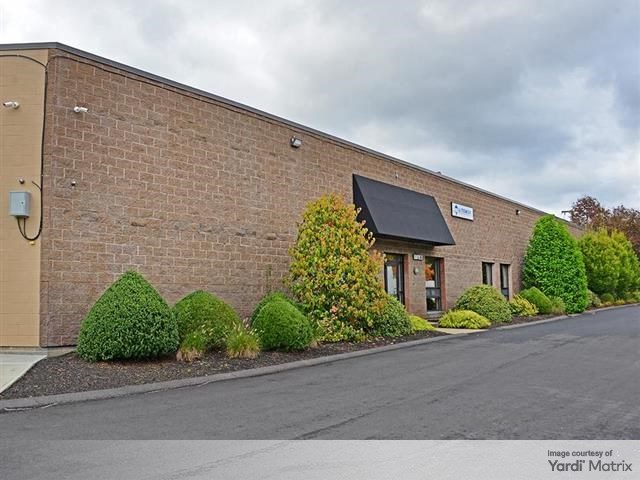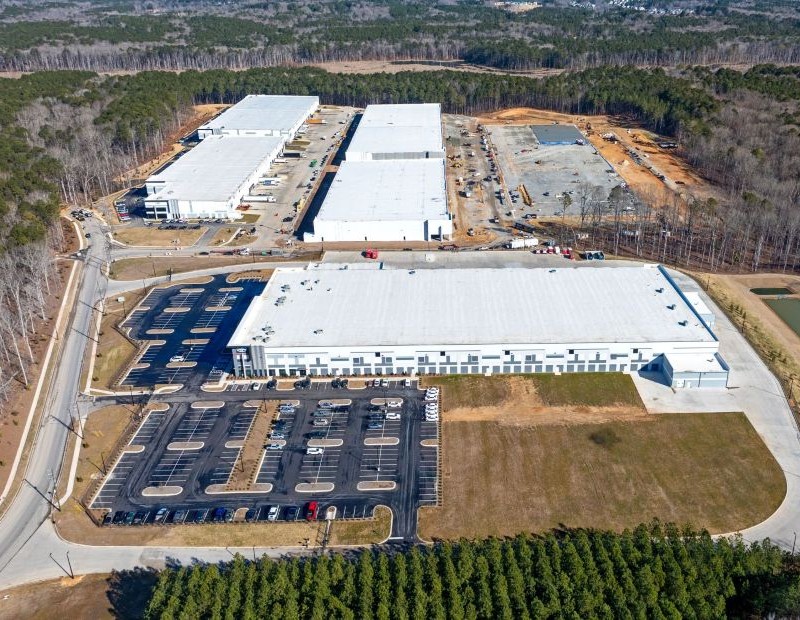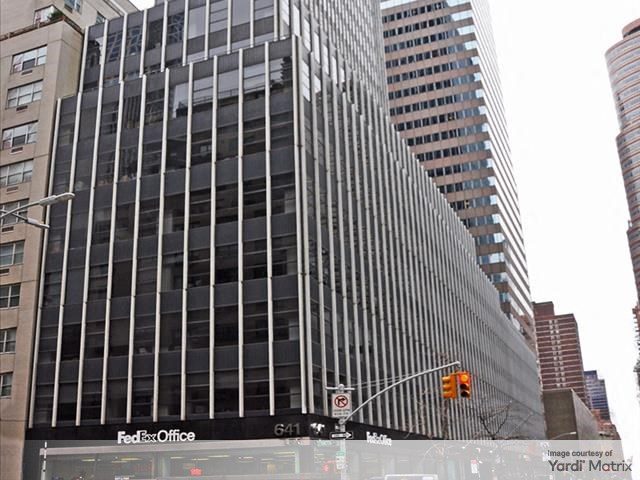2014 Outlook for Capital Markets
By Dan Vittone, SIOR, Principal, Capital Markets Group: Investment activity is expected to increase in 2014, as occupancies have stabilized to levels that might warrant landlords to exit from their post-recession acquisitions.
By Dan Vittone, SIOR, Principal, Capital Markets Group, Avison Young
 Investment activity is expected to increase in 2014 as occupancies have stabilized to levels that might warrant landlords to exit from their post-recession acquisitions, and access to capital remains prevalent. Moreover, with a significant number of commercial real estate loans coming due in the next three years, industry analysts are predicting dramatic growth in the issuance of commercial mortgage-backed securities (CMBS). It is expected that more than $1 trillion of commercial real estate loans nationally will mature over the next few years and these assets are going to need new debt. However, it shouldn’t be overlooked that not all of those loans will present appealing refinancing opportunities for lenders.
Investment activity is expected to increase in 2014 as occupancies have stabilized to levels that might warrant landlords to exit from their post-recession acquisitions, and access to capital remains prevalent. Moreover, with a significant number of commercial real estate loans coming due in the next three years, industry analysts are predicting dramatic growth in the issuance of commercial mortgage-backed securities (CMBS). It is expected that more than $1 trillion of commercial real estate loans nationally will mature over the next few years and these assets are going to need new debt. However, it shouldn’t be overlooked that not all of those loans will present appealing refinancing opportunities for lenders.
According to Real Capital Analytics, CMBS issuance could reach $75 billion this year. CMBS issuance is expected to increase to $80 billion in 2014 and $100 billion in 2015, compared with $48 billion in 2012, but a far cry from peak levels in 2006 and 2007 where CMBS originations averaged $200 billion. And, we’re going to need every last penny for the onslaught of maturing loans that we expect to receive toward the end of next year and continuing through 2016.
All sectors of the commercial real estate market are profiting from the abundance of debt and equity. While the recovery was first witnessed for industrial and multi-family product, office vacancies have stabilized – or are at least on their way to doing so in many of the gateway cities – and now retail has finally seen some modest improvement. The collective recovery in all asset classes breeds confidence; and when there’s confidence, you’ll be sure to see capital right behind it.
With that same confidence, next year we anticipate that more investors will continue to gravitate toward secondary markets and value-add opportunities as they are showing potential for promising returns and as core assets in primary markets grow increasingly more competitive.
Besides market fundamentals improving, there are more international investors competing in the buyer pool. Over the past couple of years, private equity sources that have targeted trophy assets in prime cities such as Los Angeles, New York, Boston, Washington, D.C., and San Francisco are originating from foreign investment primarily out of Canada and China. In some cases, pricing for these trophy assets surpassed the peak levels of 2007. Finally, properties of lower quality with upside through vacant lease-up or repositioning are also being sought for higher yield. Although associated with much higher risk, these opportunistic investments remain targeted as core and core-plus investments become increasingly less attractive.







You must be logged in to post a comment.